Our Anatomy of the Orchestra project places audiences in the centre of the orchestra inviting them to freely explore it from the inside out, sampling each individual instrument as its played. A uniquely accessible orchestral experience in many senses of the word.
Post-performances, D/deaf and hearing-impaired audiences started feeding back their delight at being able to rest their hands on the pianos or drums and feel the vibrations as they were played, however this was more difficult to replicate for instruments such as the violin or clarinet.
Then in 2020 a timely opportunity arose with Bath and Bristol’s Expanded Performance programme which enabled us to explore the idea of extending or enhancing the live experience of orchestral music specifically for this audience.
Blog: 10 September 2020, From Balloons to Vibro-haptic Furniture
In consultation with creative technologist, Steve Symons, funding facilitated the development of a prototype of an ergonomic, portable device designed to enhance the experience of live music by translating sounds into haptic vibrations: the TouchSound.
What is TouchSound?
Small enough to sit in the palm of your hand, the TouchSound features a small microphone that can be directed at any sound source. Upon receipt of the sound, technology within the device converts it to vibrations which can be experienced through a finger or thumb on a sensor pad on the device.
Our aim with the TouchSound is that – unlike other haptic sound technology for experiencing live music events – it offers the user autonomy over when and how they use it when removed from a bag or pocket, and what they choose to experience.
What are haptics?
Haptics is the technology that makes devices shake or vibrate in response to certain actions or commands, it’s a response you physically feel rather than see. For example, you may set your phone to vibrate rather than ring audibly, or you may play computer games with haptics switched on, causing them to vibrate in response to certain environments or actions.
Testing and Development
Impeded somewhat by the pandemic, we tested our first prototype during rehearsals for The Unfolding in Spring 2021, and again with a small group in Summer 2021.
Blog post: 20 April 2021 – Converting Soundwaves into Vibrations – Experimenting with new ways of experiencing sound
Feedback from those sessions led to the development and manufacture of four further units which we were delighted to share with 8 members of the deaf community for testing during our performances of The Anatomy of the Orchestra at Southbank Centre on Saturday 24 September.
A mix of individuals with varying degrees of deafness and a range of experiences with live music joined us for a performance and then fed back on their experiences via a facilitated discussion post show.
I’m genuinely excited to see where TouchSound goes next”
Review: Testing out Paraorchestra’s TouchSound Device Liam O’Dell, The Limping Chicken
Feedback was useful; our testers gave us some clear direction for improvement which was promising for the evolution and success of TouchSound.
Many of our projects have an immersive element to them, inviting audiences to move about the performance space, empowering them to experience it in their own way. It is our hope that TouchSound will become a staple ingredient in our projects, supporting our aim to make orchestral music as accessible to as many people as possible.
If you would like to get in touch with us about the TouchSound please email us on info@paraorchestra.com
Header image The Anatomy of the Orchestra, Southbank Centre September 2022, credit Mark Allan






